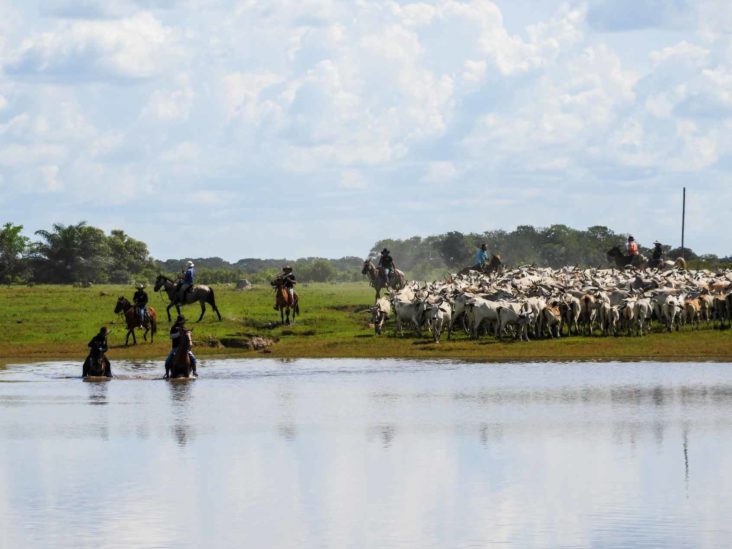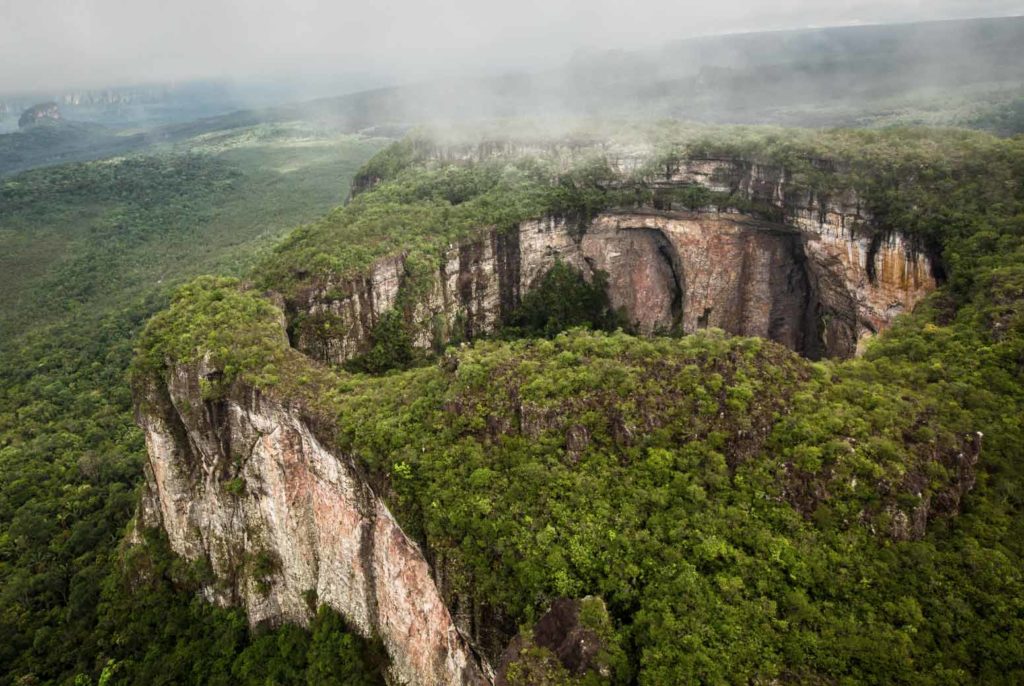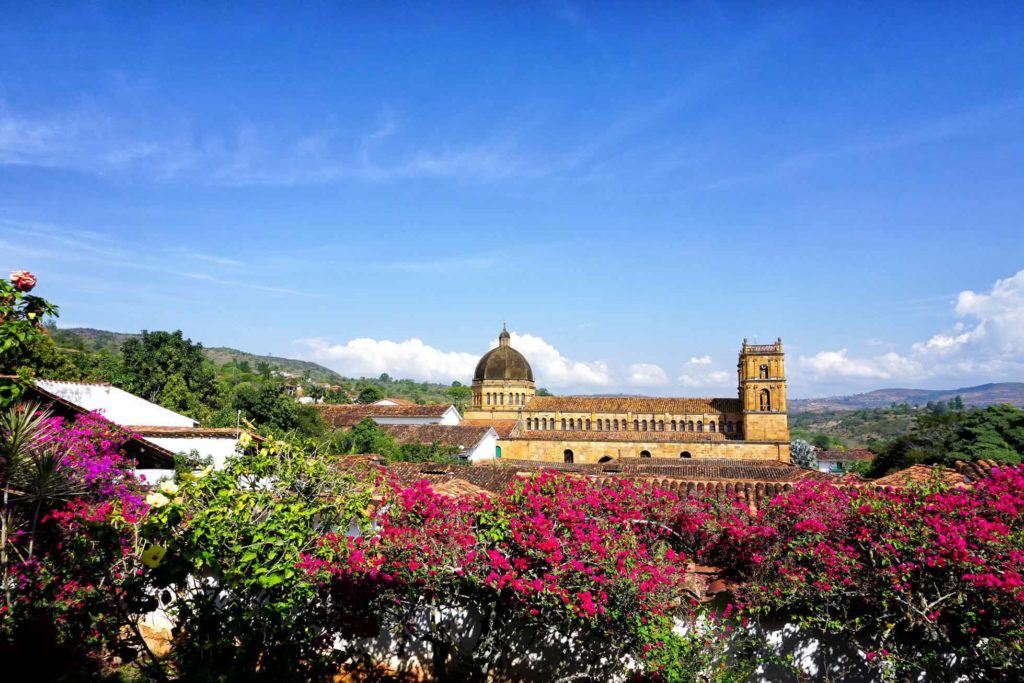Eastern Andes: Fusion Of Colombia’s Past And Present

Is El Dorado real or mythical? The lost city of El Dorado fueled a lot of curiosity and exploration in the past, and the story has been passed down generation after generation. It has a lot of versions, depending on who is telling the story, but some details are consistent- an ethnic community, gold, ceremony, chief, and a lake. This lake is now called Lake Guatavita, located an hour away from Bogota, the capital city of Colombia. Whether the sunken place of gold is real or not, it is one of the places to visit when in the eastern part of the country.
From its historic towns of Villa de Leyva and Barichara to its metropolis Bogota, the east provides a striking contrast yet complementing blend of heritage, tradition, adventure, rich nature, and modern lifestyle.
Colombia’s capital and biggest city, Bogota, is situated in the Eastern Andes with its modern structure yet a perfect spot to marvel at the imposing peaks of the Andes mountains. The capital is a melting pot of Colombia’sculture, deeply rooted values and rich traditions. It hosts numerous colorful and exhilarating festivals such as Salsa Park Festival or the Ibero-American Theater Festival. The city streets lined up with colorful parades of people dancing to eclectic upbeat music is an experience every traveler must write down on their to-do list.
Bogota’s historic downtown, La Candelaria, is lined up with colorful murals, impeccable architecture, plazas and cathedrals, numerous museums and theaters, including the famous Botero Museum. Tourists leave the area with new insight into history and culture.
Moving away from Bogota’s center, Lake Tota is considered sacred by the ancient Muisca people. Legends had it that Bogota’s largest lake was once home to the terrifying ‘Devil Whale’, described as a huge blackfish with a bull’s head and larger than a whale.
Not far from the capital city, tourists also flocked to the Zipaquira Salt Cathedral, a landmark of Colombian architecture and dubbed as a ‘jewel of modern architecture.’ This Roman Catholic church was built in the tunnels of an old salt mine, and it is 200 meters below ground, making it one of the unique religious sites in the country.
Other must-visit places in the eastern region include the Villa de Leyva, a municipality of Bocayá and is considered one of the most beautiful places in the country. From its plaza, museums, and the cobblestone streets, the architecture reflects the colonization history of Colombia and takes you back to the 16th century. It is also largely characterized by its rural landscape, extending from the moor to the desert. Villa de Leyva is the perfect spot for fans of history, arts, and culture.
The stunning Chicamocha River is also located in the Eastern Andes. It winds along the base of Chicamocha Canyon, the second largest canyon globally with astounding depths of more than 6,000 feet. Tourists can enjoy the Chicamocha National Park, where they can interact with ostriches, goats, and other wildlife. The park has a cable car that allows visitors to cross the Chicamocha river valley while basking in the striking landscape. For fans of adventures and thrilling activities, this is also the perfect spot to paraglide over 3000 feet high above the heart of the canyon.
The nation’s pavilion at Expo 2020 Dubai is the quick stop for a glimpse of all these marvels from Colombia’s eastern regions. Located at the Opportunity District, the Colombia Pavilion showcases its rich biodiversity with a blend of innovation and its creative economy. The pavilion is a symbol of how the Latin American country successfully combined modernity and traditions, culture and innovations, technology, and nature, just like Bogota and the rest of the departments in the Eastern Andes.




